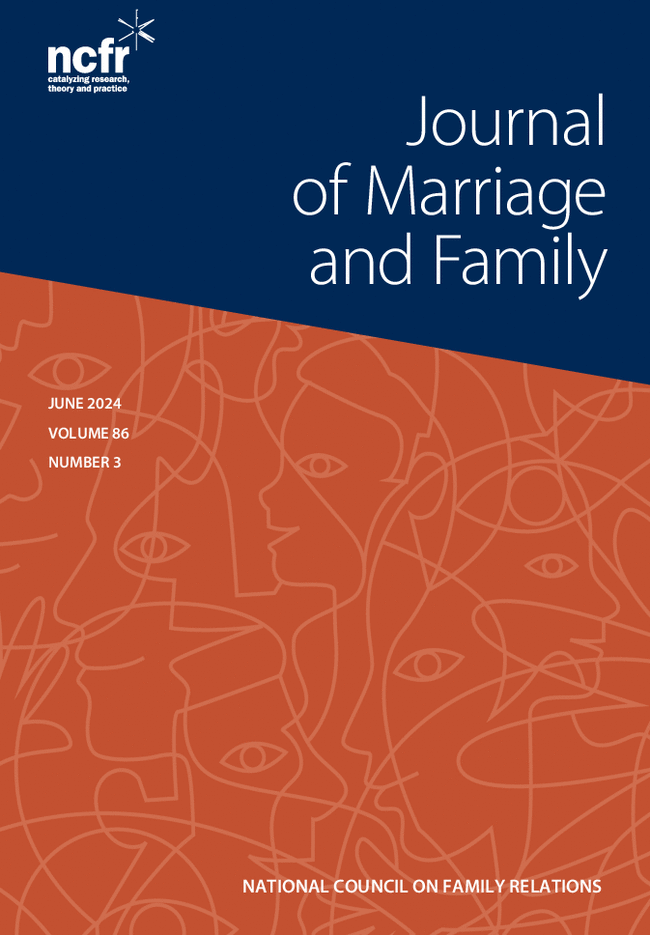This study explores how life transitions, such as cohabitation, marriage, separation/divorce, and childbearing, affect three dimensions of full-sibling relationships (contact, intimacy, and conflict).
Sibling relationships shape family dynamics and context, providing enduring support and affection as the longest-lasting relationships in an individual's life. Studying their evolution during life transitions enhances our understanding of these dynamics, considering their prolonged nature, peer status, and shared family history.
We use data from the German Family Panel, specifically five waves (V, VII, IX, XI, and XIII), and fixed effects regression models that acknowledge life course transitions of both sibling dyads.
The life course perspective fails to fully capture the complex sibling bond, as contact between siblings decreased when one entered into cohabitation, but increased with marriage, separation, and parenthood. Nevertheless, the findings revealed that changes in sibling intimacy afterlife course transitions are consistent with the perspective. This dimension weakened during family formation but strengthened when unions dissolved. Conflict between siblings also decreased when starting to live with a partner, while it increased after separation, implying a spillover from romantic to sibling relationships.
Overall, these findings suggest that the theoretical framework for adult sibling life courses should consider sibling family formation events. The study highlights the significance of sibling relationships and their potential impact on shaping family context and dynamics as they are often the longest-lasting relationships.



